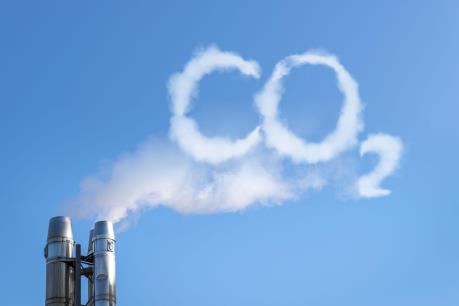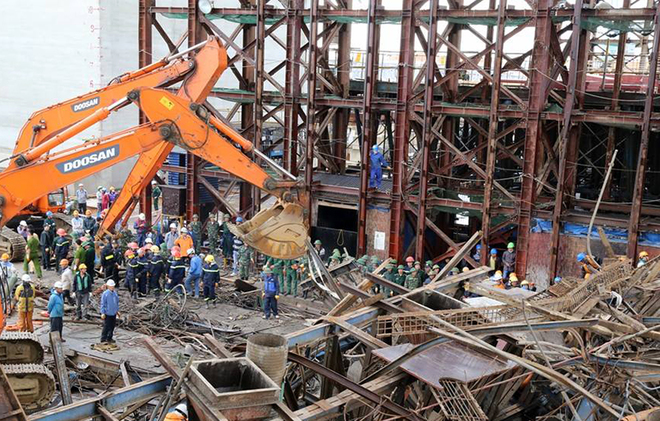Organizing and developing the domestic carbon market to reduce greenhouse gases emissions in Vietnam
On November 17, 2019, the National Assembly of Vietnam approved the Law on Environmental Protection 2020, replacing the Law on Environmental Protection 2014.

According to the Law on Environmental Protection 2020 of Vietnam, major greenhouse gases (GHGs) include carbon dioxide (CO2), methane (CH4) and nitrous oxide (N2O). Low-concentration gases that have high global warming potential include hydrofluorocarbons (HFCS), perfluorocarbons (PFCS), sulfur hexafluoride (SF6) and nitrogen trifluoride (NF3). The reduction of GHG emissions shall focus on:
- organizing reduction of GHG emissions and GHG absorption according to a roadmap and method for reducing GHG emissions in conformity with national conditions and international commitments.
- inventorying GHGs, measuring, reporting and appraising reduction of GHG emissions at national, sector, or field level or relevant internal level;
- inspecting the compliance with regulations on inventorying of GHGs and reduction of GHG emissions, and the implementation of the mechanism and method for cooperation in reduction of GHG emissions;
- formulating and implementing the mechanism and method for cooperation in reduction of GHG emissions in accordance with regulations of law and international treaties to which Socialist Republic of Vietnam is a signatory;
- organizing and developing the domestic carbon market.
The Prime Minister of Vietnam shall promulgate a list of sectors and GHG emitting facilities subject to GHG inventory, update it every 02 years according to the ratio of GHG emissions to the total national GHG emissions; socio-economic development conditions and situation; consumption of fuels and energy per unit of product or service by businesses.
View more details at the Law on Environmental Protection 2020 of Vietnam, effective from January 01, 2022.
Ty Na
- Number of deputy directors of departments in Vietnam in accordance with Decree 45/2025/ND-CP
- Cases ineligible for pardon in Vietnam in 2025
- Decree 50/2025 amending Decree 151/2017 on the management of public assets in Vietnam
- Circular 07/2025 amending Circular 02/2022 on the Law on Environmental Protection in Vietnam
- Adjustment to the organizational structure of the Ministry of Health of Vietnam: Certain agencies are no longer listed in the organizational structure
- Vietnam aims to welcome 22-23 million international tourists in Vietnam in 2025
-

- 07 requirements for construction, renovation, ...
- 17:35, 18/12/2020
-

- Law on Environmental Protection 2020 of Vietnam ...
- 09:15, 15/12/2020
-

- Notable new policies of Vietnam effective as of ...
- 16:26, 11/04/2025
-
.Medium.png)
- Notable documents of Vietnam in the previous week ...
- 16:21, 11/04/2025
-
.Medium.png)
- Notable documents of Vietnam in the previous week ...
- 16:11, 02/04/2025
-
.Medium.png)
- Notable new policies of Vietnam to be effective ...
- 16:04, 02/04/2025
-
.Medium.png)
- Notable new policies of Vietnam effective from ...
- 14:51, 21/03/2025
 Article table of contents
Article table of contents
